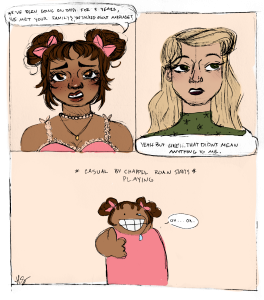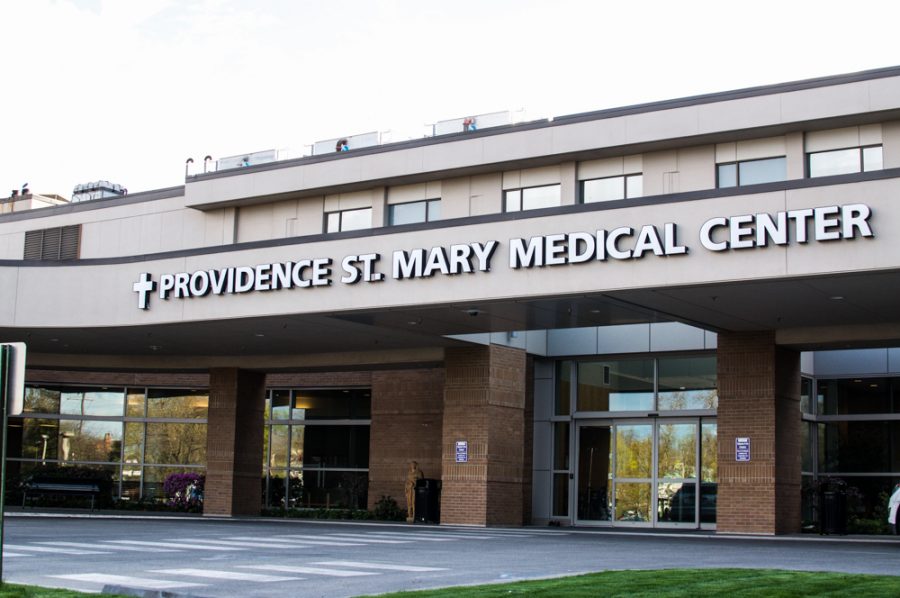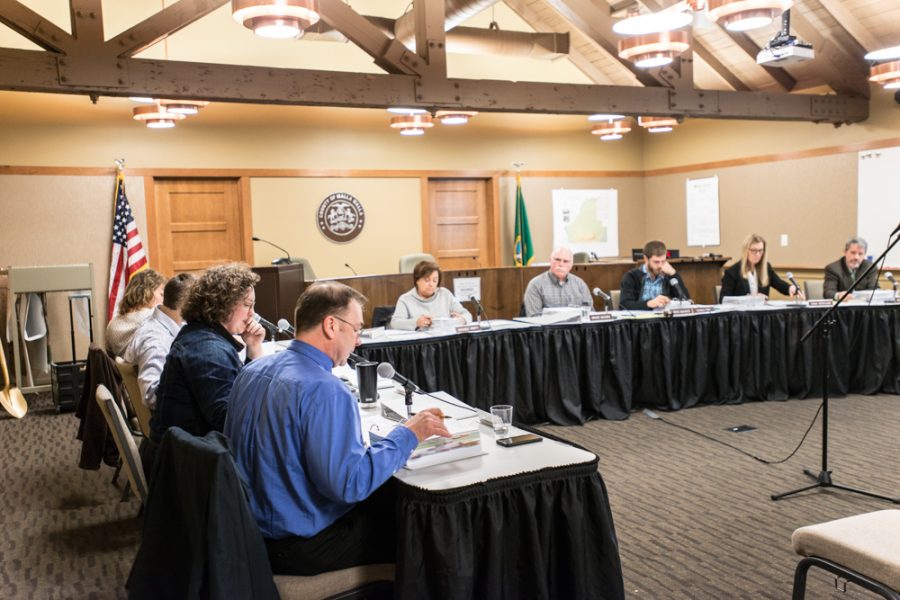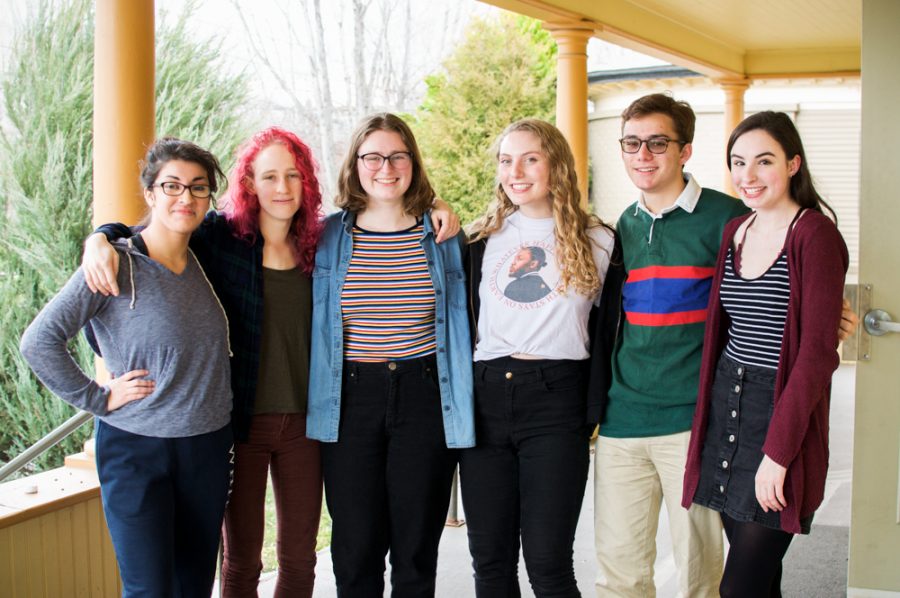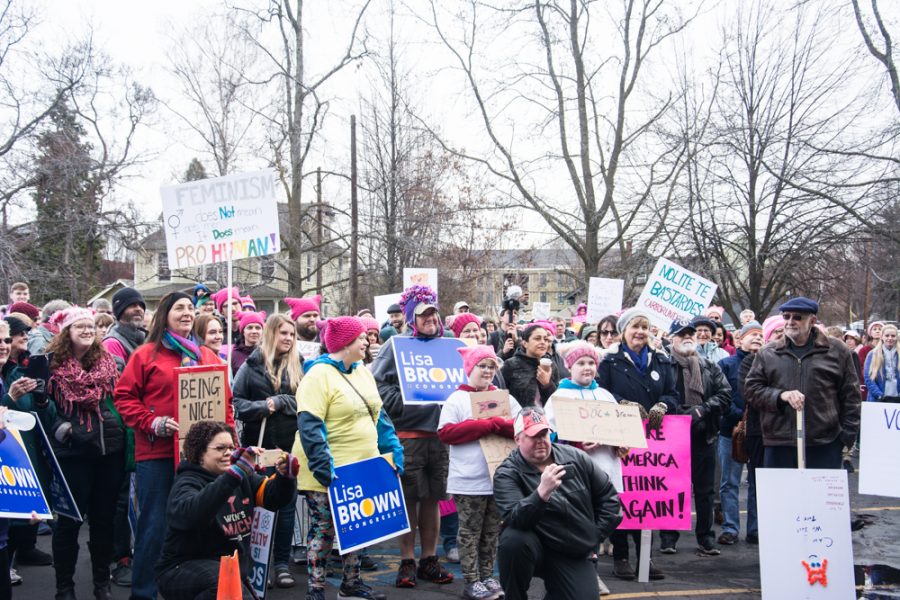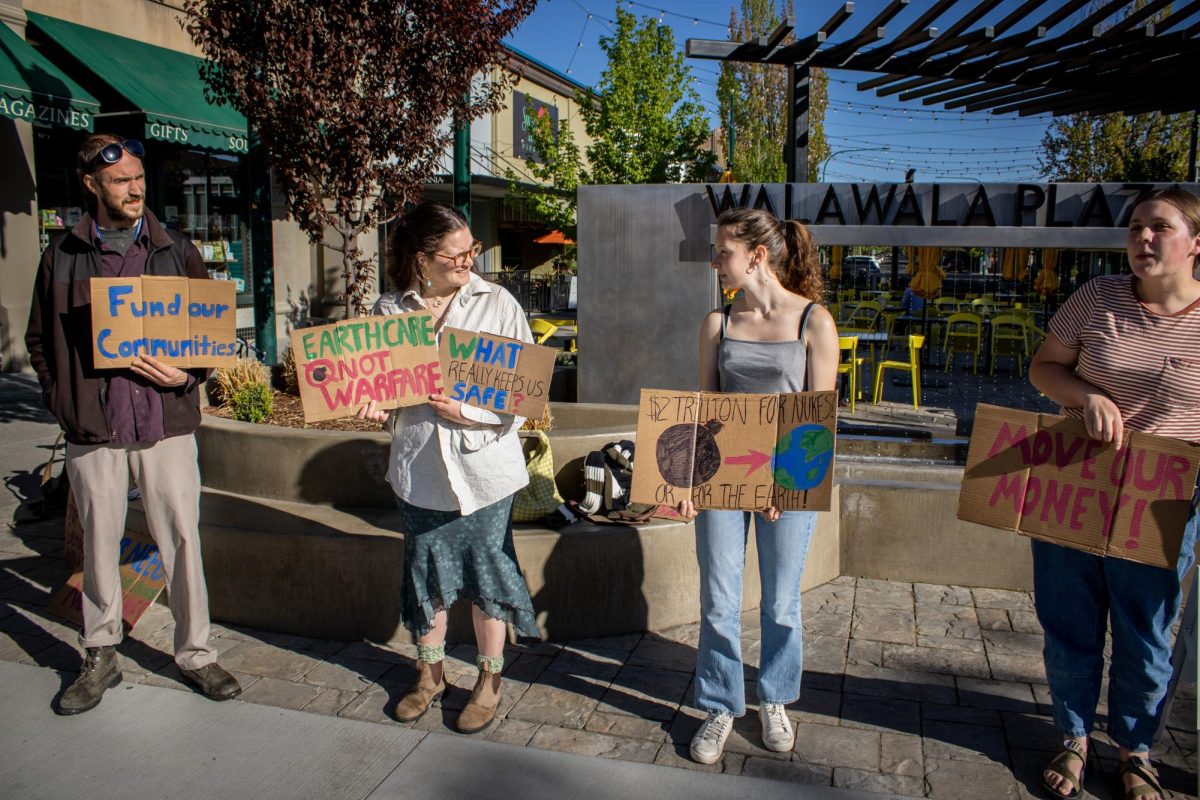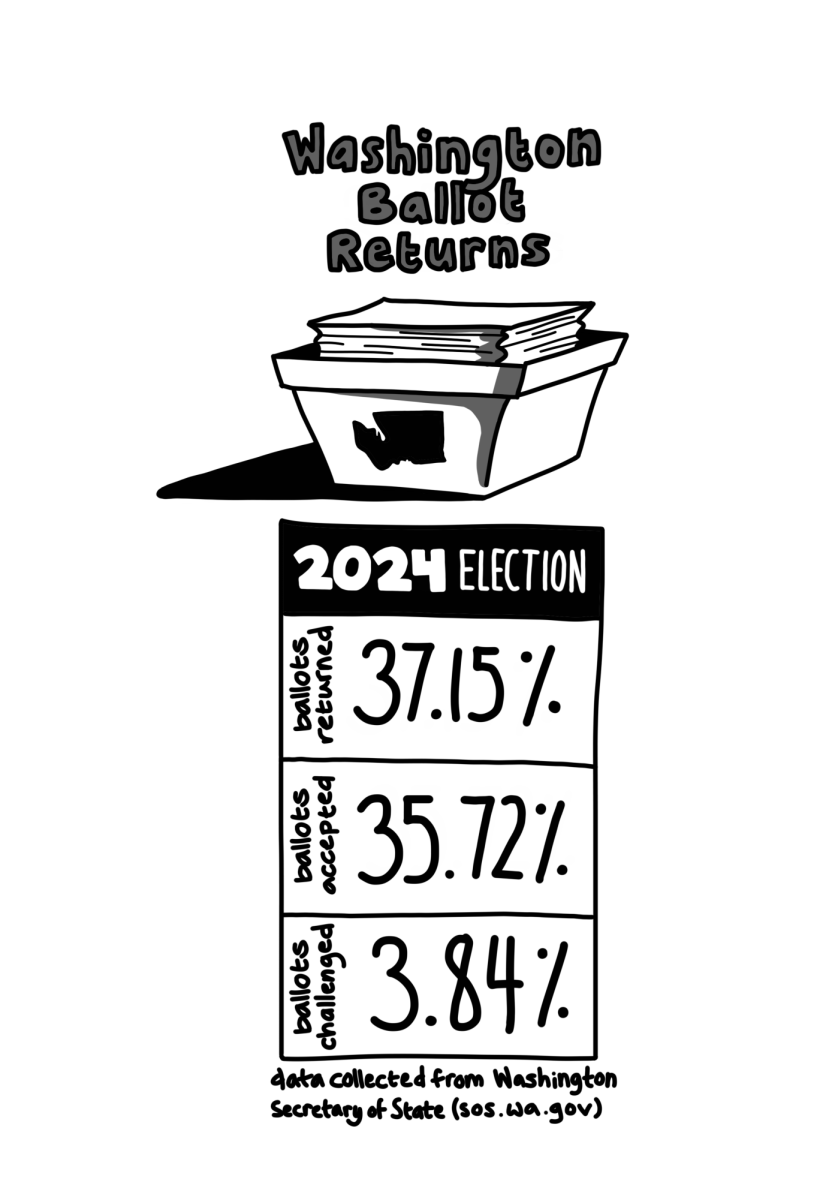With the passage of Martin Luther King, Jr. day, students noted the disappearance of Whitman’s annual Diversity Symposium from the college’s calendar of events. The symposium was organized in response to a 2006 incident at a “Survivor”-themed Sigma Chi party in which two students wore blackface paint. This year, a Service Day was scheduled on the holiday instead.
“There’s just been a lot of hearsay surrounding the event. A lot of gossip,” said senior Associated Students of Whitman College (ASWC) representative Aisha Fukushima.
The immediate aftermath of the blackface controversy sparked angry listserv e-mails and eventually class cancellation.
“We put up fliers, talked to faculty, worked late-night meetings to set up the symposium’s format,” said Fukushima of the student committee’s response.
“It wasn’t just one particular person who cancelled classes,” said Associate Dean of Students: Intercultural Programs and Services Mukulu Mweu. “Students put up a petition to the faculty and explained why classes should get cancelled. Faculty voted and authorized it.”
The first symposium explored race and ethnic issues, and last year it extended to include a wide variety of topics including class, gender, and voting issues. Last year’s symposium was held on Martin Luther King Jr. day.
While still unclear, the event’s absence seems to have stemmed from student responses to last year’s Symposium.
“The decision came from feedback from last year, which showed that both students and faculty thought there was too much packed into just one day, and people could not attend all the workshops that interested them,” said Mweu.
According to Associate to the President Jed Schwendiman, the symposium has not disappeared but has instead been “repackaged” into smaller events that occur throughout the year. Each event, according to Schwendiman and Mweu, gives the same message of appreciating diversity while focusing on particular topics. These events include the upcoming lunch and workshop series on torture with Professor Biswas and visiting writer Marjane Satrapi’s presentation this spring.
“It seemed as if [the Symposium] was cut, but that is not the case,” said Schwendiman. “We did evaluations and found that without a specific incident to react to, the focus of the event seemed less clear. Students and faculty wanted to see discourse [about diversity issues] built into every day, rather than a single annual event.”
However, since the Symposium Planning Committee decided to “repackage” the daylong event shortly after receiving last year’s feedback, points of contention have arisen between student representatives and faculty and staff committee members.
According to Schwendiman, the smaller events will allow more students the chance to participate.
“It gives students more opportunity to be involved. With the smaller events, students plan without the stress of a large-scale event. For the symposium, planning so much for just one event is frustrating,” he said.
However, students such as Fukushima and fellow senior student Symposium Planning Committee representative Amanda Roberts seem to feel differently.
“I was pretty disappointed when the Symposium was not in the events calendar,” said Fukushima. “The whole campus needs to talk about these topics. It’s not just a priority for certain groups –––– It’s an institutional priority. One of the Symposium’s goals was to interrupt, to disrupt the laissez-faire attitude towards discrimination.”
“I don’t think these smaller events are as effective, because we’ve had them before. I think the large-scale organization of the symposium had more effect,” said Roberts.
The Symposium Planning Committee –––– which is made up of a student subcommittee and another mostly faculty subcommittee –––– theoretically works together to create topics for the Symposium, plan the event, and work to educate the campus about the Symposium’s message.
However, as the misunderstanding over the reformatting of this year’s symposium reveals, the past the subcommittees have had difficulty communicating with one another.
“Students who were on both committees were supposed to be the voice between us, but they didn’t really do their jobs,” Roberts said. “We were never told anything about the other committee’s activities.”
On the opposite end of the spectrum, Mweu and Schwendiman believe the issue of communication comes in part from the administration’s concerns about respecting the power of student representatives.
“We can’t tell ASWC what to do. The dialogue about diversity must come from different sources and not just the Intercultural Center,” Mweu stated.
“We don’t want to overstep the student representatives’ involvement, either,” Schwendiman said.
The future of the Diversity Symposium depends both upon how the subcommittees will solve this communication problem as well as how the Whitman community responds to the new format of the symposium.
“We would love to get feedback from students about the new model,” said Schwendiman when asked about student opinion. “We are always interested in what students have to say.”
Nevertheless, both parties convey the same message about the importance of campus discourse on inter-cultural awareness and diversity.
“I like that the dialogue has been started, and I would like to see it increase,” said Roberts.
“Diversity should be a way of living,” said Mweu. “We are dealing with it every day. If we find a way of building it into what we do at Whitman, we are engaging the community on a regular basis.”




